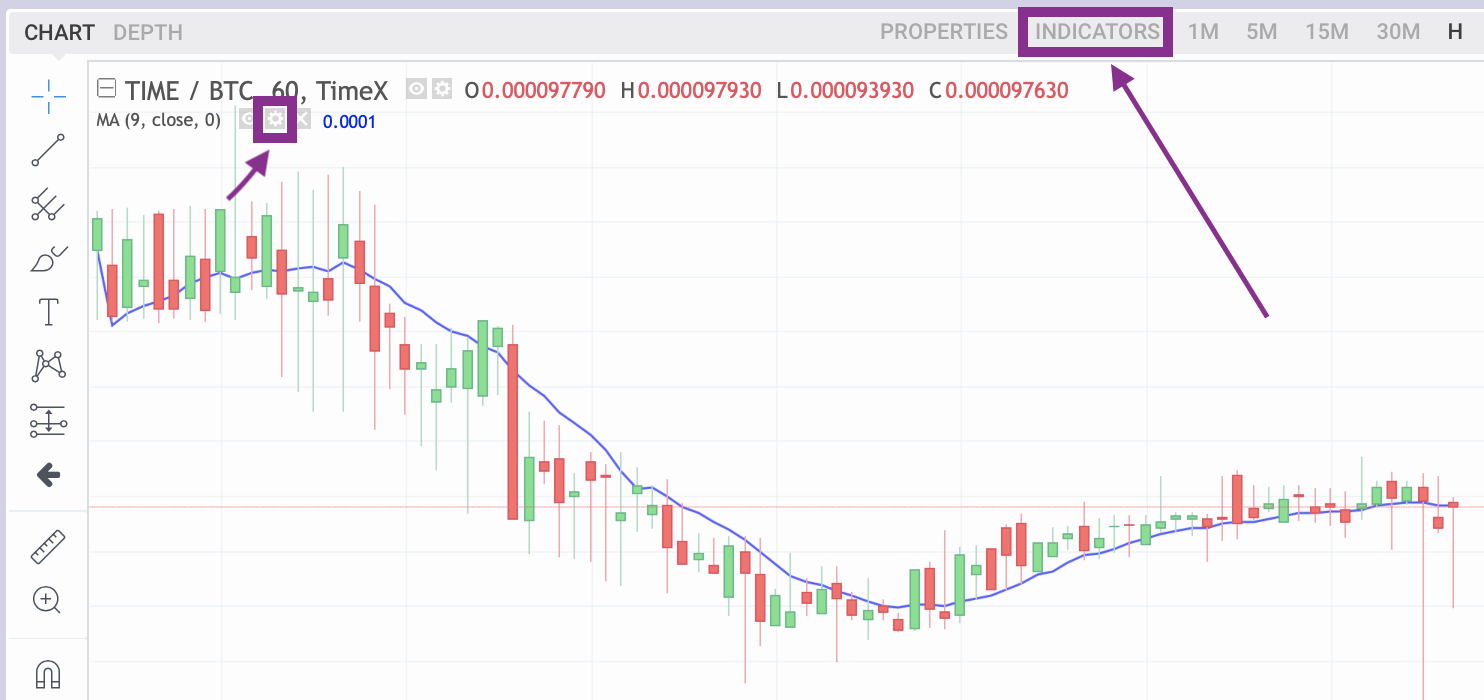Trading Indicator Highlight: Relative Strength Index (RSI)
Relative Strength Index (RSI) is a momentum oscillator: an indicator that shows the size and strength of changes in an asset’s price when compared to its recent history. RSI therefore puts a recent move in the context of a longer timeframe, giving traders useful information about how sustained price action might be.
What does the RSI tell you?
RSI is a momentum indicator, meaning it shows how fast price is changing. The idea is that a momentum score can show how enthusiastically traders are buying or selling an asset, backing up a price move. Additionally, it can show where buyers or sellers may be losing interest and a correction may be due. RSI is scored from 0 to 100, oscillating between these two extremes: 100 is as overbought as possible, 0 is as oversold as possible, and 50 is neutral. 30 is typically considered oversold and 70 overbought.
How is the RSI calculated?
RSI can be calculated for any timeframe. Generally, the last 14 periods are taken (e.g. the last 14 hourly closes on the hourly chart, 14 weekly closes on the weekly chart, and so on). RSI is a two-part calculation.
- Calculate RS (Relative Strength). RS = Average Gain / Average Loss, where Average Gain and Average Loss are moving averages calculated from the sum of gains or losses over the selected period divided by the number of periods.
- RSI = 100 - (100/(1 + RS))
Using the RSI
RSI can simply be used to indicate overbought (70 or above) or oversold (30 or below) conditions. If this is the case, the signal should be confirmed with other technical indicators. For example, the combination of price hitting oversold at a known support level could offer a good trading opportunity.
RSI can also be used to spot impending reversal as momentum is decreasing. “Divergence” occurs when RSI is not backed up by price action:
- Bullish divergence is where RSI makes a higher low but price makes a lower low. This shows that the bears are running out of steam because the selling has decreasing momentum.
- Bearish divergence occurs where RSI makes a lower high but price makes a higher high, showing that buying pressure is fading.
Warnings
RSI can stay in overbought or oversold territory for a long time, especially on the longer timeframes and for volatile assets like cryptocurrency.
Additionally, just because an asset is overbought or oversold on one timeframe does not mean it will make a corresponding move on another timeframe. For example, bitcoin might be very overbought on the hourly timeframe, at 80 or 90, but still at 50 on the daily or weekly timeframe. This does not suggest that price will go into a major reversal, but it could indicate that a short-term correction is due before the medium- or long-term trend resumes.
How to add the RSI to a Chart
Open your desired market on TimeX.io exchange, i.e the TIME/BTC market, locate the price chart window, and click Indicators.

Then search for and choose Relative Strength Index.
You should now see the Bollinger Bands Indicator on the chart. Now you can edit its inputs and style by clicking on the gear-symbol next to the indicator list, shown beneath the TIME/BTC market symbol on the left of the chart.
